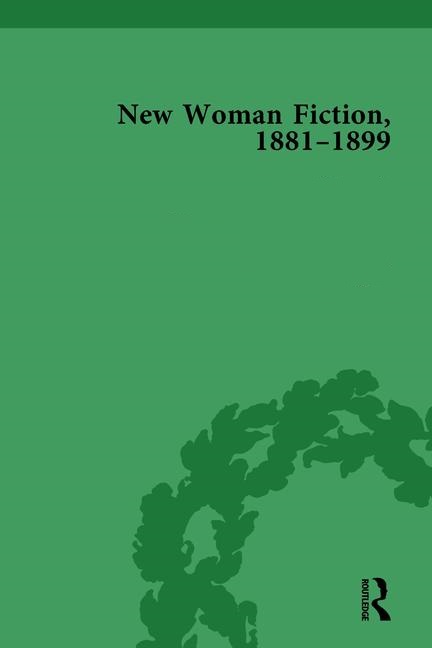Little known today, Annie E. Holdsworth was a popular novelist in late nineteenth-century England, though her works would eventually fade into obscurity as the twentieth century progressed. She was born Eliza Ann Holdsworth on 25 April 1860 at Grey’s Hill, Jamaica, the third of five children of a missionary and his wife, the Reverend William and Elizabeth (Hall) Holdsworth. In 1869, the family returned to England, with Rev. Holdsworth serving as Wesleyan minister in Snaith, Yorkshire. By 1881, Annie E. Holdsworth was boarding with a minister’s widow, Mary Hawson, at Wellington Cottage, Sussex, and teaching in a school. She is listed on the 1881 Census as a widow.

